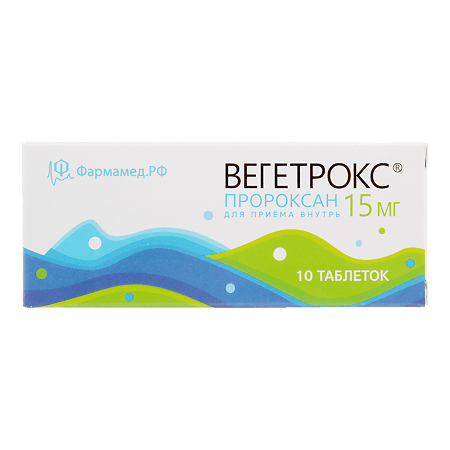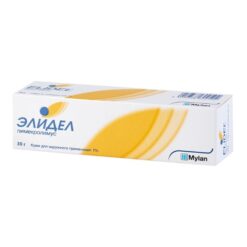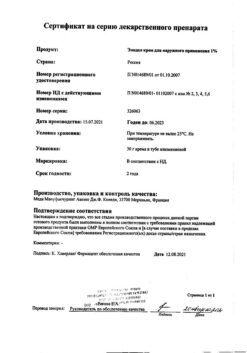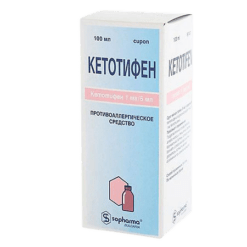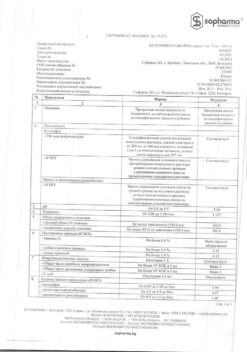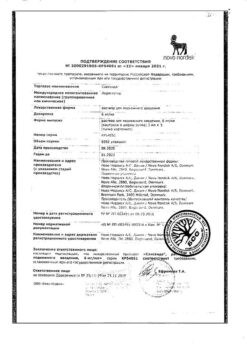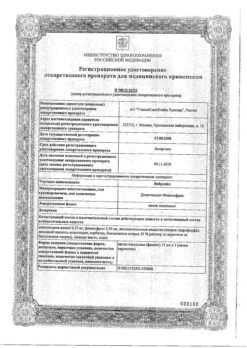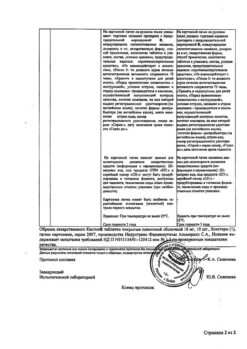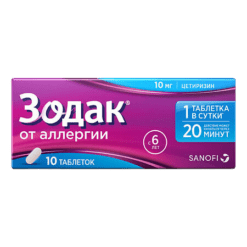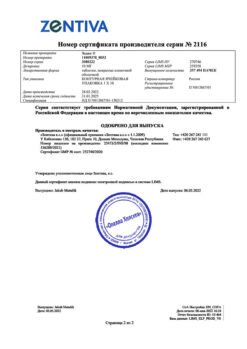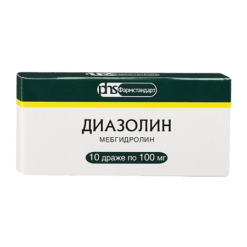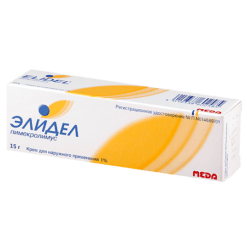No products in the cart.
Description
Pharmacotherapeutic group: Alpha-adrenoblocker
ATX code: C02CA
Pharmacodynamics:
Proroxan has hypotensive and antipruritic effects. It blocks postsynaptic alpha1- and presynaptic alpha2-adrenoreceptors regardless of their localization. It has a peripheral and central effect. It decreases the sensitivity of adrenoreceptors to adrenaline by changing the permeability of cell membranes. Reduces the intensity of stimulation of hypothalamic structures by reducing the release of tropic hormones of peripheral gland hormones. Weakens the transmission of adrenergic vasoconstrictor impulses eliminates spasm and dilates peripheral vessels especially arterioles and precapillaries. Improves blood supply to the muscles of the skin and mucous membranes. Inhibits excitability of diencephalic brain structures and regulates sympathoadrenal system tone.
Pharmacokinetics:
Indications
Indications
– Somatoform autonomic dysfunction occurring according to the sympathoadrenal type, including with increased blood pressure (as a symptomatic remedy as part of complex therapy);
– allergic dermatitis (as a symptomatic remedy as part of complex therapy to relieve itching).
Pharmacological effect
Pharmacological effect
Pharmacotherapeutic group: Alpha adrenergic blocker
ATX code: C02CA
Pharmacodynamics:
Proroxan has a hypotensive and antipruritic effect. Blocks postsynaptic alpha1- and presynaptic alpha2-adrenergic receptors, regardless of their location. Has peripheral and central influence. Reduces the sensitivity of adrenergic receptors to adrenaline by changing the permeability of cell membranes. Reduces the intensity of stimulation of hypothalamic structures by reducing the release of tropic hormones and hormones from peripheral glands. Weakens the transmission of adrenergic vasoconstrictor impulses, eliminates spasm and dilates peripheral vessels, especially arterioles and precapillaries. Improves blood supply to the muscles of the skin and mucous membranes. Suppresses the excitability of diencephalic brain structures and regulates the tone of the sympathoadrenal system.
Pharmacokinetics:
Special instructions
Special instructions
Features of the drug’s action at the first dose:
When taking the first dose of the drug, a sharp decrease in blood pressure, fainting, headache, weakness, heartbeat and deterioration of the subjective state (the “first dose phenomenon”) is possible, which is not a reason to discontinue the drug since this effect disappears when taken again. Drowsiness and a quickly passing sensation of numbness of the tongue are also noted. In addition, it is recommended to monitor blood glucose concentrations due to a possible increase in endogenous insulin levels. Therefore, it is necessary to begin treatment under the supervision of a physician with the minimum effective dose and observe bed rest after taking the drug for 6-8 hours.
Impact on the ability to drive vehicles. Wed and fur.:
During treatment with the drug, it is not recommended to drive vehicles or engage in other potentially hazardous activities that require increased concentration and speed of psychomotor reactions.
Active ingredient
Active ingredient
Proroksan
Composition
Composition
1 tablet contains:
active ingredient:
proroxane hydrochloride 0.015 g;
excipients:
lactose monohydrate 0.078 g,
potato starch 0.005 g,
talc 0.001 g,
magnesium stearate 0.001 g.
Pregnancy
Pregnancy
The use of Vegetrox® is contraindicated during pregnancy and breastfeeding due to insufficient data on effectiveness and safety.
Contraindications
Contraindications
– Hypersensitivity to the active substance and auxiliary components of the drug;
– coronary heart disease (II-IV functional class);
– circulatory failure of II-III degree;
– arterial hypotension;
– cardiogenic shock;
– bradycardia;
– myocardial infarction;
– severe atherosclerosis;
– severe cerebrovascular insufficiency (including a history of strokes, transient ischemic attacks);
– age under 18 years (efficacy and safety have not been established);
– lactase deficiency, lactose intolerance, glucose-galactose malabsorption syndrome.
With caution:
Elderly age, coronary heart disease, arrhythmia, gastric ulcer.
It is recommended to monitor the concentration of glucose in the blood (possibly increasing the level of endogenous insulin).
Side Effects
Side Effects
The frequency of adverse reactions is given according to the World Health Organization (WHO) classification: very often – more than 1/10 often – more than 1/100 and less than 1/10 infrequently – more than 1/1000 and less than 1/100 rarely – more than 1/10000 and less than 1/1000 very rarely – less than 1/10000; frequency is unknown (it is not possible to determine the frequency of development based on available data).
From the cardiovascular system: frequency unknown – arterial hypotension, bradycardia, the occurrence of angina attacks in predisposed patients, orthostatic hypotension, arrhythmias, dizziness, hyperemia of the skin, nasal congestion.
From the gastrointestinal tract: frequency unknown – diarrhea, increased secretion of hydrochloric acid in the stomach.
From the skin: frequency unknown – allergic reactions.
If any of the side effects indicated in the instructions get worse or you notice any other side effects not listed in the instructions, tell your doctor.
Interaction
Interaction
The simultaneous use of Proroxan and adrenaline may lead to a decrease in the effectiveness of the latter (the development of a depressor effect instead of a pressor effect). Simultaneous use with antihypertensive drugs leads to a mutual enhancement of the effect of lowering blood pressure.
Enhances the effect of neuroleptics (phenothiazine derivatives of butyrophenone diphenylbutylpiperidine thioxanthene).
When used together with novocainamide, a decrease in stroke volume of the heart is possible.
Overdose
Overdose
Symptoms: bradycardia, sharp decrease in blood pressure, orthostatic collapse.
Treatment: symptomatic aimed at maintaining vital functions.
Storage conditions
Storage conditions
Store in a place protected from light at a temperature not exceeding 30°C.
Keep out of the reach of children.
Shelf life
Shelf life
3 years. Do not use after expiration date.
Manufacturer
Manufacturer
PharmVilar NPO LLC, Russia
Additional information
| Shelf life | 3 years. Do not use after the expiration date. |
|---|---|
| Conditions of storage | Store in the dark place at a temperature not exceeding 30°C. Store out of the reach of children. |
| Manufacturer | PharmVilar NGO, Russia |
| Medication form | pills |
| Brand | PharmVilar NGO |
Related products
Buy Vegetrox, tablets 15 mg 10 pcs with delivery to USA, UK, Europe and over 120 other countries.

